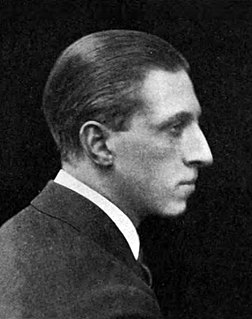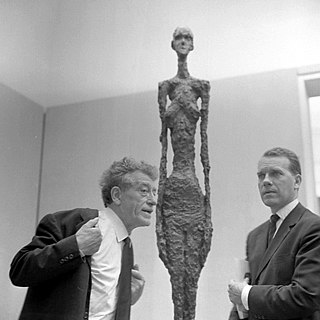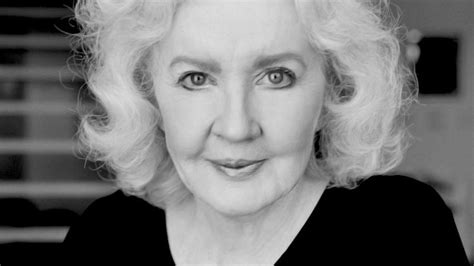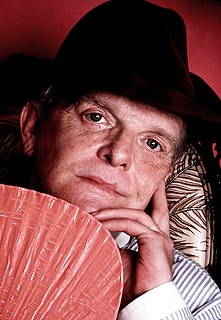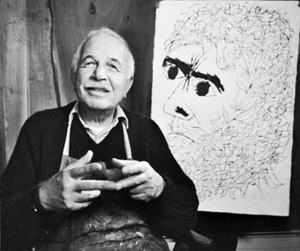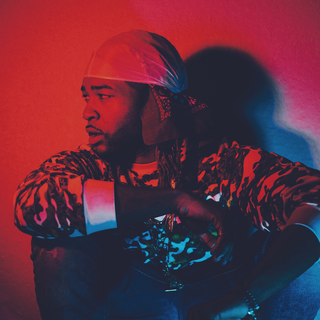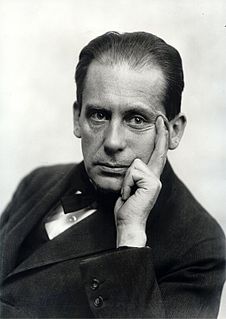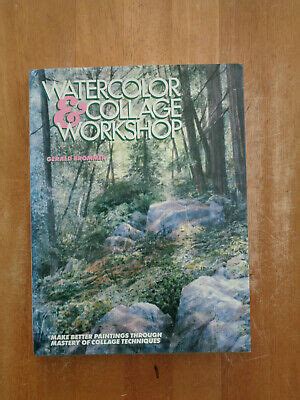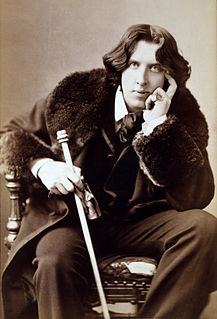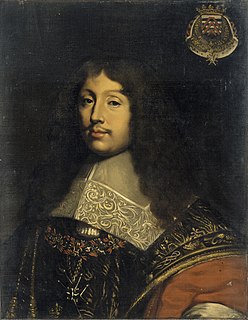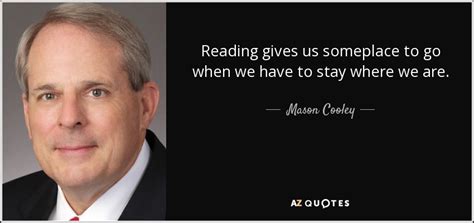A Quote by Osbert Sitwell
The only difference between an artist and a lunatic is, perhaps, that the artist has the restraint or courtesy to conceal the intensity of his obsession from all except those similarly afflicted.
Related Quotes
Because Ivy [Wilkes] is just starting out as an artist, I wanted to focus on [Georgia] O'Keeffe's experiences when she was just starting out. I suspect there is a difference between being an unknown artist and being a celebrated artist. When nobody knows your work, nobody except you really cares whether or not you paint.
That's the difference between the serious artist and the craftsman--the craftsman can take material and because of his abilities do a professional job of it. The serious artist, like Proust, is like an object caught by a wave and swept to shore. He's obsessed by his material; it's like a venom working in his blood and the art is the antidote.
The difference between Pound and Whitman is not between the democrat who in deep distress could look hopefully toward the future and the fascist madly in love with the past. It is that between the woodsman and the woodcarver. It is that between the mystic harking back to his vision and the artist whose first allegiance is to his craft, and so to the reality it presents.
And often he who has chosen the fate of the artist because he felt himself to be different soon realizes that he can maintain neither his art nor his difference unless he admits that he is like the others. The artist forges himself to the others, midway between the beauty he cannot do without and the community he cannot tear himself away from.
Why was the painting made? What ideas of the artist can we sense? Can the personality and sensitivity of the artist be felt when studying the work? What is the artist telling us about his or her feelings about the subject? What response do I get from the message of the artist? Do I know the artist better because of the painting?
